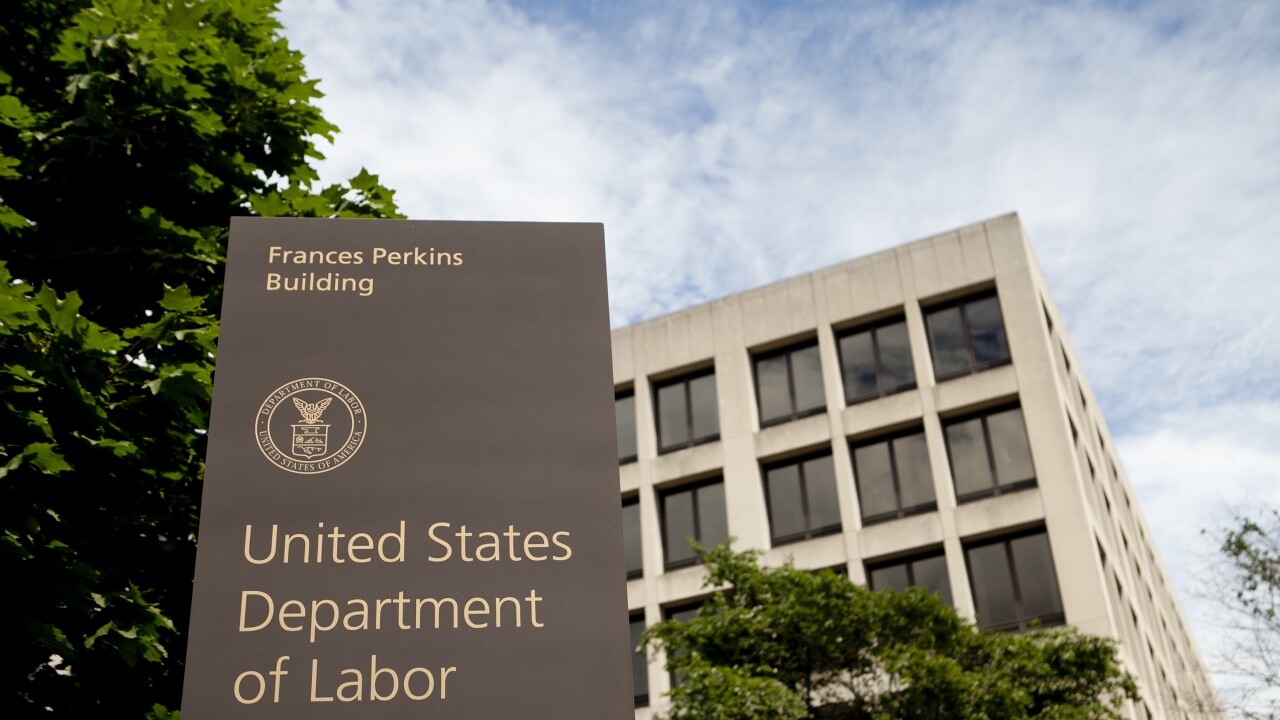Automatic enrollment for employees in 401(k) plans appears to significantly increase participation, but may not be suitable for all retirement plan sponsors, according to a new government report.
The Government Accountability Office noted in the
The GAO found that automatic enrollment may not be suitable for all plan sponsors, such as those with a high-turnover workforce. In addition, some data shows that while automatic escalation policieswhich automatically increase saving rates over timeare increasingly common, they lag behind adoption of automatic enrollment.
In combination with low initial contribution rates, this could depress savings for some workers. The emergence of target-date fundsfunds that allocate investments among various asset classes and shift to lower-risk investments as a target retirement date approachesas the typical default investment raises questions in light of the substantial losses such funds experienced in the past year, said the report.
Other proposals could expand the portion of the workforce saving for retirement, but these proposals could face challenges, the GAO noted. Under a federally mandated automatic IRA, certain employers could be required to enroll eligible employees in payroll-deduction IRAs, unless the worker specifically opted out. Such a proposal could broaden the population that saves for retirement at minimal cost to employers. However, this proposal faces a number of challenges, including uncertainty about the extent to which it would help low-income workers accumulate significant retirement savings.
Proposals for state-assisted retirement savings programs could raise coverage and, ultimately, savings by involving state governments in facilitating retirement savings for workers without access to an employer-sponsored plan. However, such programs face uncertainty about employer and worker participation levels, as well as legal and regulatory issues.
Although employer-sponsored retirement plans can be an important component of income security after retirement, only about half of all workers participate in such plans. To foster greater participation among workers who have access to such plans, Congress included provisions that facilitate plan sponsors adoption of automatic enrollment policies in the Pension Protection Act of 2006.
To foster greater retirement savings among workers who do not have access to an employer-sponsored plan, proposals have been made at the federal level for an automatic IRA and at the state level for state-based programs. The GAO, however, made no recommendations in its report.





